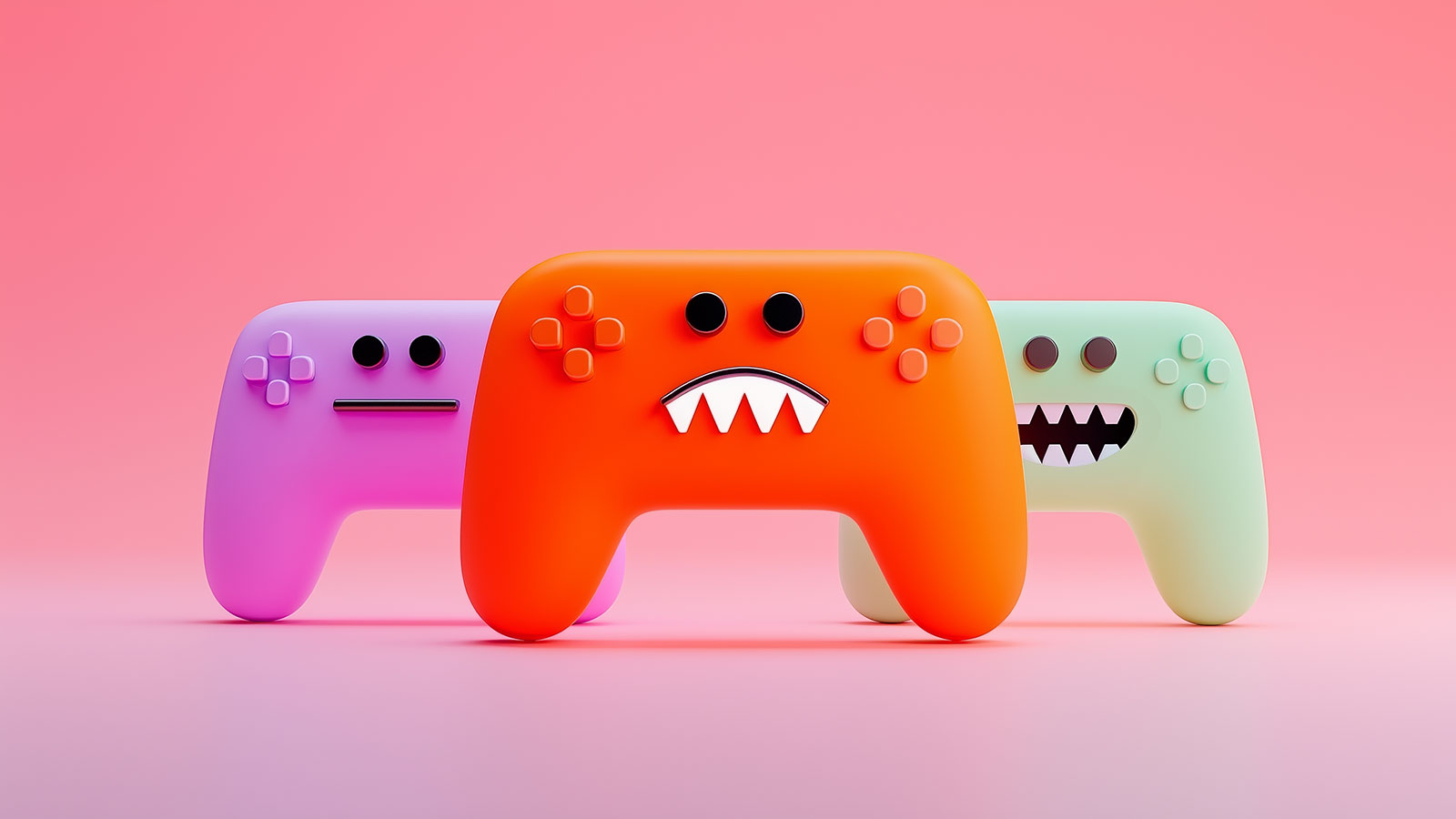Peak Times to Send Push Notifications for Best CTR


When it comes to mobile app marketing, push notifications have proven to be one of the most effective tools for driving engagement. However, to get the most out of this powerful channel, it's crucial to send notifications at the optimal time. Understanding the peak times to send push notifications for best CTR (Click-Through Rate) can significantly enhance user interaction, boost engagement, and ultimately increase conversions. This article dives deep into the strategies for optimizing push notification timing and explores how platforms like ContextSDK can help improve your notification effectiveness. By analyzing best practices for push notifications and using contextual insights, you can fine-tune your approach to drive better results.
Why Timing Matters for Push Notifications
The Impact of Timing on Click-Through Rates
The success of a push notification campaign heavily depends on its timing. Sending notifications at random times can lead to poor user engagement, low CTRs, and even result in app uninstalls. According to best practices, notifications sent during peak hours can see up to a 45% increase in engagement. However, these "peak times" can vary significantly depending on the user base, making it essential to analyze behavioral patterns to optimize delivery.
Platforms like ContextSDK, a leading on-device AI startup, help marketers achieve this by using over 200 signals to determine the best moments to send notifications. By leveraging real-world context to boost CTR, businesses can send notifications when users are most likely to engage, leading to higher CTRs.
Best Times to Send Push Notifications for Different Industries
1. E-commerce Apps
For e-commerce apps, the best times to send notifications are typically during lunch breaks (12 PM - 2 PM) and in the evening (8 PM - 10 PM) when users are more relaxed and likely to browse. According to industry insights, notifications sent during these periods have higher engagement rates. Using ContextSDK's capabilities, apps can further refine these timings based on user activity, such as detecting if the user is idle and more likely to open a promotional message.
2. News and Content Apps
Morning hours (7 AM - 9 AM) are ideal for news and content apps as users are catching up on the latest updates. By using contextual data to improve engagement, apps can send timely notifications based on user habits, such as checking the news during a quiet morning.
3. Fitness and Wellness Apps
For fitness apps, early mornings (6 AM - 8 AM) and late afternoons (5 PM - 7 PM) are the best times to engage users. By using ContextPush, apps can detect when users are likely to be active and send notifications that align with their workout schedules, as discussed in contextual notifications for fitness apps.
Leveraging ContextSDK for Personalized Push Strategies
Privacy-Focused Personalization
One of the standout features of ContextSDK is its ability to process data directly on the user's device, ensuring that no PII (Personally Identifiable Information) is collected. This privacy-first approach is crucial for maintaining user trust, especially in regions with stringent privacy laws. As noted in privacy and personalization, apps that prioritize user privacy can see better opt-in rates for push notifications.
By utilizing ContextPush, apps can send notifications that are not only timely but also highly relevant to the user's current activity, thus enhancing the overall user experience.
Advanced Strategies for Maximizing CTR in 2024
1. A/B Testing for Optimal Timing
To refine notification strategies, it’s essential to continuously test different timings and analyze their impact. According to best practices, A/B testing can help identify the best times to engage different user segments.
2. Utilizing AI for Predictive Timing
Mobile apps can enhance notification strategies by predicting the best times to engage users. Using tools like ContextSDK, apps can analyze user patterns and adjust their push notifications accordingly, leading to better results, as highlighted in AI-driven engagement strategies.
Conclusion: Optimizing Push Notification Strategies for the Future
As we look ahead to 2024, optimizing push notifications will continue to be a key focus for mobile marketers. By leveraging real-world context and using platforms like ContextSDK, businesses can deliver more effective and personalized notifications that resonate with users. Understanding the peak times to send push notifications for best CTR and aligning these strategies with user behavior can lead to higher engagement, reduced churn, and increased conversions.
Additional Resources
- Timing Push Notifications for Maximum Impact
- Increasing CTR with Contextual Data
- Enhancing User Engagement Through Context
- Privacy-Focused AI Solutions
- Strategies for Boosting Mobile App Conversions
By adopting these strategies and leveraging ContextSDK's capabilities, businesses can stay ahead in the competitive mobile app market and drive meaningful engagement with their users.






